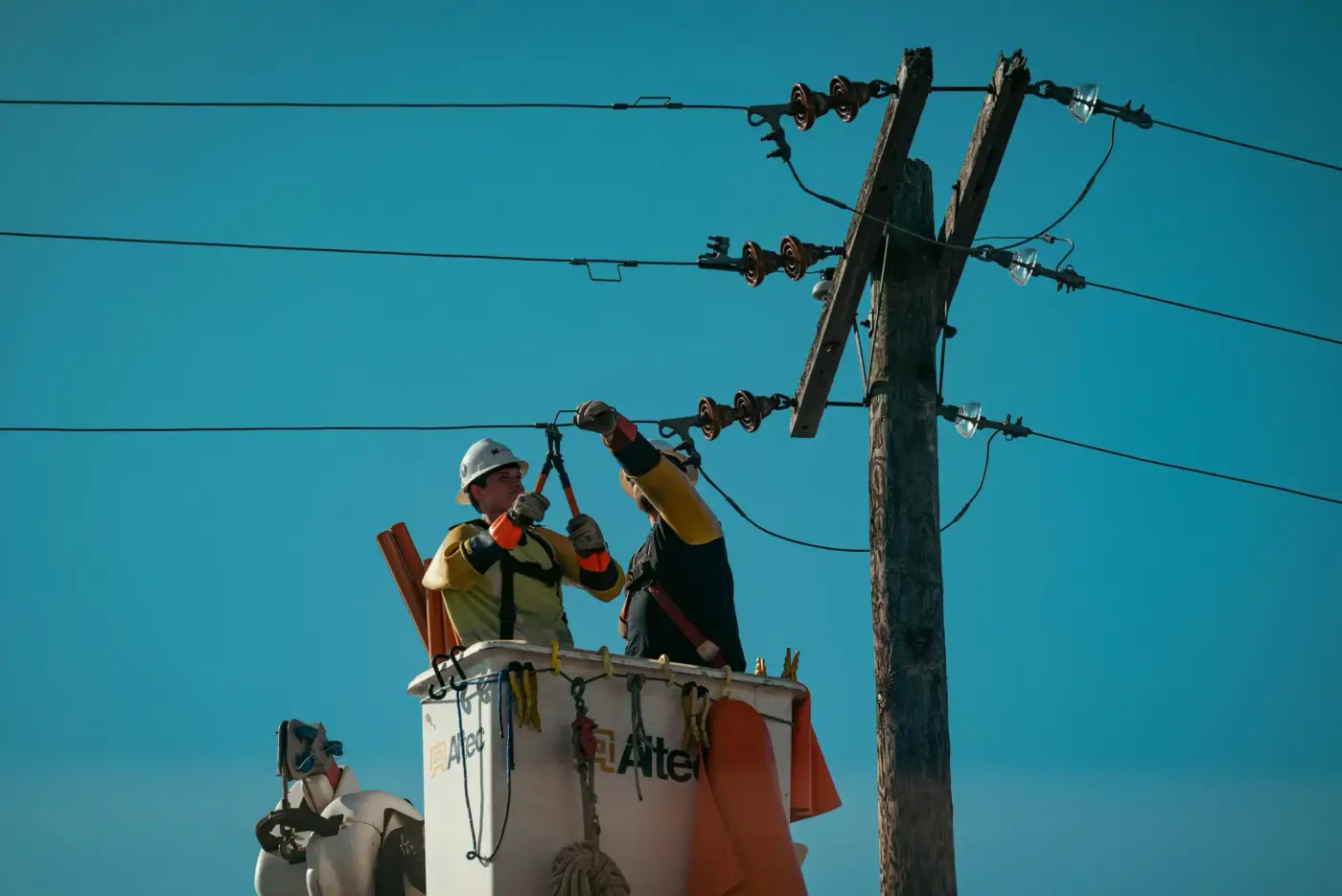A
ustralia is subjected to widely varying weather conditions and, keeping this in mind, new infrastructure is built to withstand these conditions. Day in, day out, however, wooden utility poles are exposed to the elements, and this exposure can trigger a variety of factors that can cause degradation and ultimately result in pole failure. With pole failure presenting potentially fatal consequences, maintaining these poles is of the utmost importance. Organisations that incorporate effective work management software into their timber pole monitoring and maintenance are better able to manage these poles, ensuring their ongoing safety and use.
Failure of utility poles can be catastrophic – and sometimes even fatal. Due to the significant size and weight of the timber, pole failure can pose a serious risk to the general public and nearby infrastructure, as well as impacting the utility network and, more often than not, resulting in network downtime.
There are many reasons a pole can fail, including decay/rot, termites, natural events, vehicle impacts, erosion or other changes to the soil near the pole. Often it is a combination of multiple factors that can cause wooden utility poles to fail.
While it may not always be possible to prevent all of these factors from occurring, utilities that perform proactive maintenance and comprehensive inspections are able to extend the operating life of electricity poles and identify potential factors which may be impacting the structural integrity of the poles.
Managing ageing infrastructure, today
When considering the state of electricity poles in Australian distribution networks, it is imperative to note that many poles were installed decades ago. Many states around the country are using wood poles that are aged 50-plus years. As such, these poles need to be managed exceedingly carefully to ensure their ongoing safety and use.
In these kinds of situations, visual inspection of the poles is not enough to determine whether the poles are suffering any internal rot, decay, or structural damage and are safe for continued use.
The ‘sound, dig, and drill’ technique – which involves sounding, digging around the base of the pole, probing and drilling – used alongside visual inspections can help better identify the presence and impact of internal decay/rot, termite attack, and other causes of wood pole strength reduction which, if the pole is not replaced or reinforced, can lead to pole failure.
Wooden pole calculators securing pole integrity
As well as the above techniques, utilising a WMS that stores and processes real-time data to enable easier monitoring and tracking of assets can help organisations assess and manage the quality of poles in utility networks.
Xugo’s WMS offers a range of features which allow utilities to carefully manage the poles in their utility network and secure their safety and continued use.
In addressing asset serviceability, Xugo’s app can provide custom pole calculators to meet any utility’s predefined algorithms, including inputting serviceability criteria.
Some of the factors or variants affecting the criteria may include:
- The safety factor, which sees the residual strength compared to the working stress design (WSD) capacity of the pole (i.e. pole disc ID rating)
- The R-factor, which is another measure of residual strength versus working strength of the pole
- Sound wood measurements, which utilise empirical data and the utilities risk tolerance to establish thresholds below which the likelihood of wooden pole failure increases
- Visual criteria – visual indicators such as large checks through the pole, which are potentially issues that indicate insufficient residual strength which are used to estimate the likelihood of failure
Xugo’s customisable pole calculators can utilise the above parameters to translate standing inspection data for each pole into graduated (e.g. typically between three and five) condition classifications directly via the field device pole calculator.
Xugo’s innovative pole calculator software algorithms convert the input data and assumptions into the serviceability classifications in situ. As well as this, the distinction between species (including strength or durability class) in the management of timber poles occurs in Xugo’s pole calculator.
Xugo’s ability to track and monitor data input also delivers a comprehensive log of past checks and inspections and their results. This can also enable Xugo users to highlight and indicate poles which may soon be in need of replacement or repair.
Utilising a WMS that offers features like Xugo’s pole calculator, can help organisations better assess and keep track of the quality of poles in utility networks, ensuring their ongoing safety and use.



